Follow me for daily free access to exciting health articles!
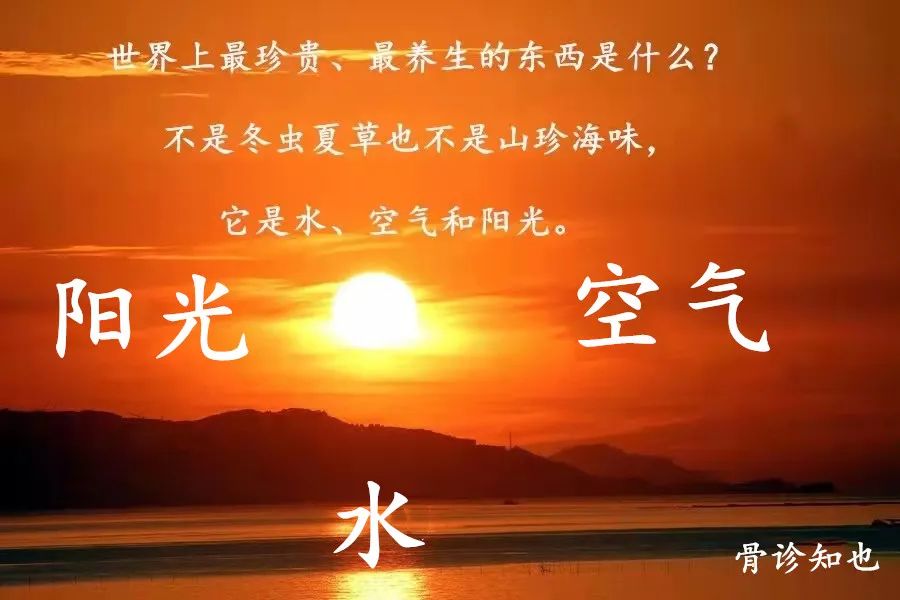
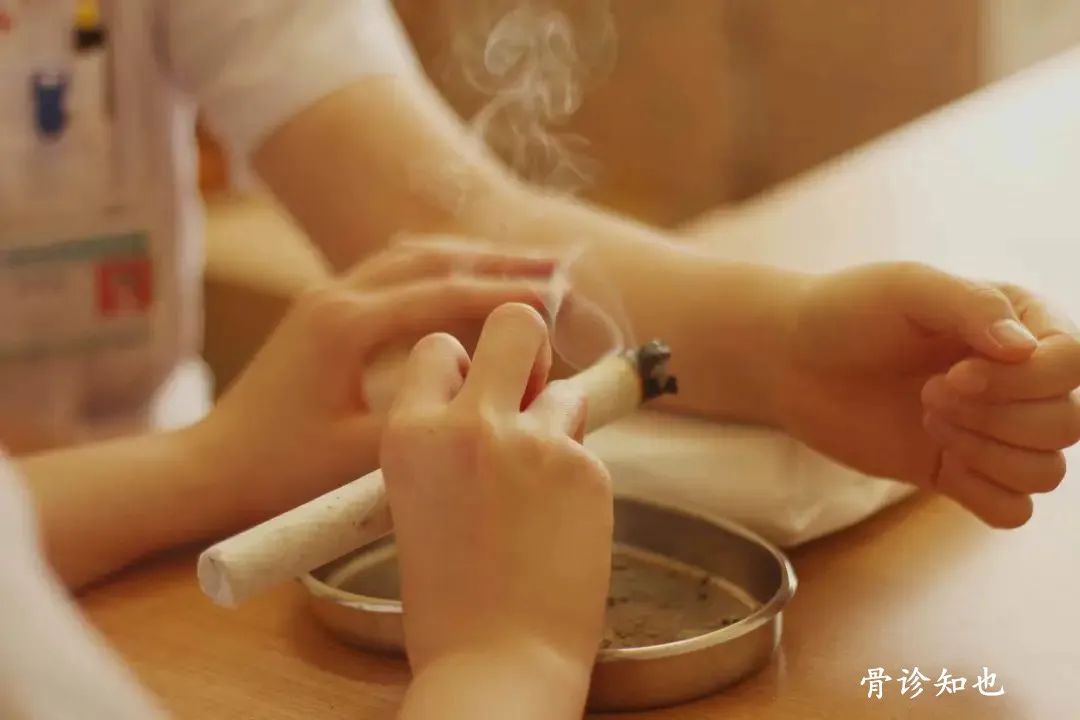
There are many methods in Traditional Chinese Medicine (TCM) for treating diseases, and moxibustion is one of them. Moxibustion has a long history and can treat common ailments, as well as prevent diseases and enhance resistance.
1 What does it mean if the skin itches after moxibustion?
Answer: Itching of the skin after moxibustion indicates the presence of wind evil in the body, which is a manifestation of the expulsion of wind evil.
2 Can moxibustion really cure all diseases?
Answer: It is important to view moxibustion objectively and calmly. While it can treat many diseases, it is not 100% effective for every condition. For example, the cure rate for dysmenorrhea, kidney deficiency back pain, and spleen-stomach disharmony exceeds 98%, while for cervical spondylosis and lumbar spondylosis, it can reach 70%-90%.
3 Which is more effective, pure moxa sticks or medicinal moxa sticks?
Answer: Whether pure moxa sticks or medicinal moxa sticks, their main component is moxa fluff, which is processed from mugwort leaves.
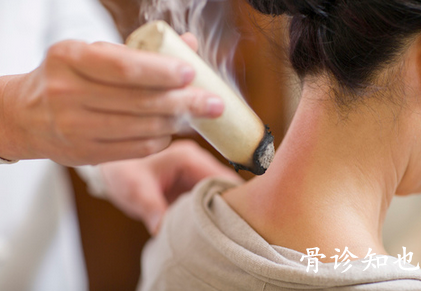
4 I have shoulder periarthritis this year and it hurts a lot. Which acupuncture points should I use for moxibustion?
Answer: Moxibustion on Dazhui (Du 14), Jianjing (GB 21), Tianzong (SI 11), Jianyu (LI 15), Jianan (LI 16), and Quchi (LI 11); if there is excess wind, add Waiguan (SJ 5) and Fengchi (GB 20); if there is excess cold, add Hegu (LI 4). The cure rate is 92%.
5 What is the effect of moxibustion on mammary gland hyperplasia? Which points should be selected?
Answer: Moxibustion therapy for mammary gland hyperplasia is effective, with noticeable results generally after 4-5 sessions. Small hyperplastic lumps dissolve quickly, while larger ones take longer, first softening, then shrinking, and eventually disappearing, with a cure rate of 100%.
Selected points: Shanzhong (Ren 17), Shidou (ST 30), Tianchi (PC 1), Rugen (ST 18), Yingchuan (GB 2), and Zusanli (ST 36).
6 How to perform moxibustion for irregular menstruation?
Answer: Use Guizhong (Ren 4), Xuehai (SP 10), Sanyinjiao (SP 6), Zusanli (ST 36), Mingmen (Du 4), Guanyuan (Ren 4), Zhongji (Ren 3), and Yinlingquan (SP 9). Select 3-4 points each time and alternate them.
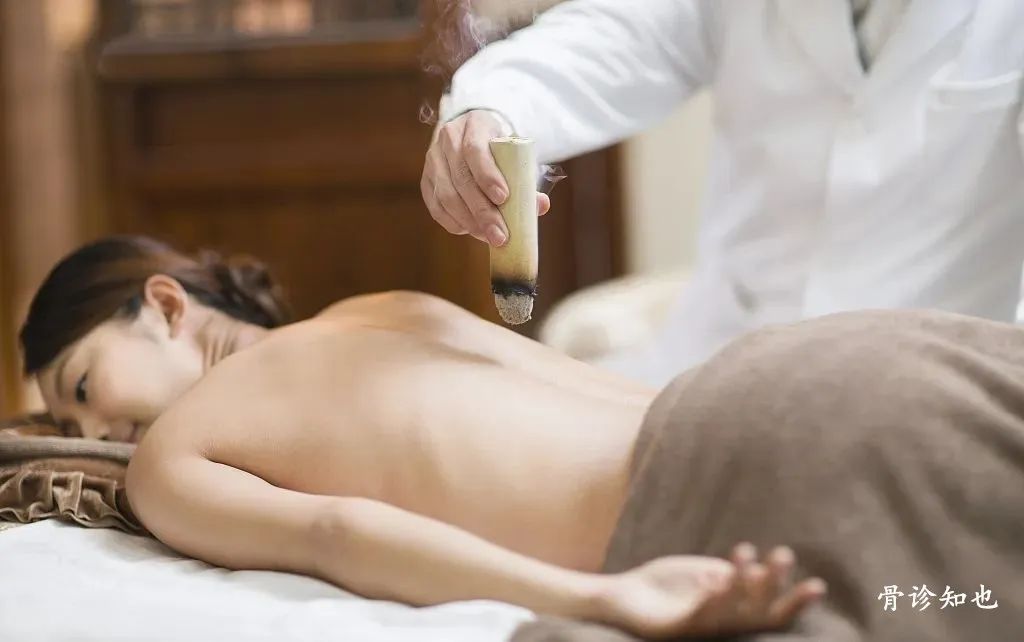
7 How to regulate insomnia?
Answer: The main causes of insomnia are:
1. Overthinking and deficiency of heart blood;
2. Excessive sexual activity harming the kidneys, leading to yin deficiency and excessive fire, causing disharmony between heart and kidneys;
3. Emotional depression, liver fire disturbing the spirit;
4. Irregular diet leading to spleen-stomach disharmony.
Moxibustion for insomnia: Shenmen (HT 7), Xinshu (UB 15), Shenxu (UB 23), Baihui (DU 20), Zusanli (ST 36), and Taixi (KD 3); for liver qi stagnation, add Yanglingquan (GB 34) and Tai Chong (LR 3); for liver and kidney yin deficiency, add Sanyinjiao (SP 6); for phlegm-dampness, add Fenglong (ST 40) and Zhongwan (Ren 12); for kidney yang deficiency, add Mingmen (DU 4), Guanyuan (Ren 4), and Qihai (Ren 6); for liver-spleen disharmony, add Ganshu (UB 18) and Pishu (UB 20); for heart-spleen deficiency, add Pishu (UB 20) and Sanyinjiao (SP 6).
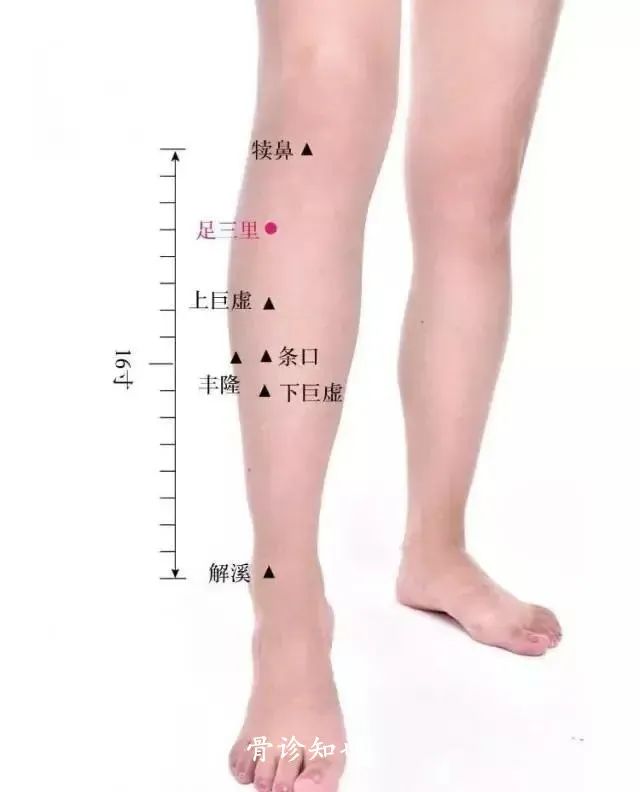
8 Where should I moxibust if I have large eye bags?
Answer: TCM believes that “the upper eyelid is governed by the spleen, and the lower eyelid is governed by the stomach,” so eye bags are directly related to spleen qi deficiency. Moxibustion on Weishu (UB 20), Zhongwan (Ren 12), Liangmen (ST 21), Zusanli (ST 36), Sibai (ST 2), and Guanyuan (Ren 4).
9 I have had high blood pressure for over 10 years. How should I perform moxibustion?
Answer: Moxibustion on Dazhui (DU 14), Ganshu (UB 18), Shenxu (UB 23), Sanyinjiao (SP 6), Taixi (KD 3), Tai Chong (LR 3), Yongquan (KD 1), Fengchi (GB 20), and Hegu (LI 4).
10 Which acupuncture points should I use for allergic rhinitis?
Answer: Fengchi (GB 20), Feishu (UB 13), Yintang (EX-HN3), Yingxiang (LI 20), Hegu (LI 4), and Zusanli (ST 36).
11 Which acupuncture points are good for facial twitching?
Answer: Yifeng (SJ 17), Jiachuan (ST 6), Dicang (ST 4), Yangbai (GB 14), Hegu (LI 4), Zusanli (ST 36), and Neiting (ST 44).

12 What acupuncture points are effective for pain from the waist to the lower body?
Answer: Moxibustion on Ganshu (UB 18), Weishu (UB 20), Shenxu (UB 23), Ciliaoshu (SI 3), Qimen (LR 14), Guanyuan (Ren 4), Sanyinjiao (SP 6), Taixi (KD 3), and Tai Chong (LR 3).
13 My hands and feet are cold all year round, especially in winter. How should I perform moxibustion?
Answer: Moxibustion on Xinshu (UB 15), Weishu (UB 20), Shenxu (UB 23), Ciliaoshu (SI 3), Guanyuan (Ren 4), Neiguan (PC 6), Hegu (LI 4), Houxi (SI 3), Zusanli (ST 36), Sanyinjiao (SP 6), and Taixi (KD 3).
14 Which acupuncture points should I use for frequent nosebleeds?
Answer: Shangxing (DU 23), Yingxiang (LI 20), Hegu (LI 4), Shaoshang (LU 11), Neiting (ST 44), Sanyinjiao (SP 6), and Fuliu (KD 7).
15 Where should I moxibust for stomach bloating, pain, and acid reflux?
Primary points: Zhongwan (Ren 12), Shenque (Ren 8), Tianshu (ST 25), Qihai (Ren 6), Neiguan (PC 6), and Zusanli (ST 36);
Additional points: Pishu (UB 20), Weishu (UB 21), Ganshu (UB 18), and Gongsun (SP 4).
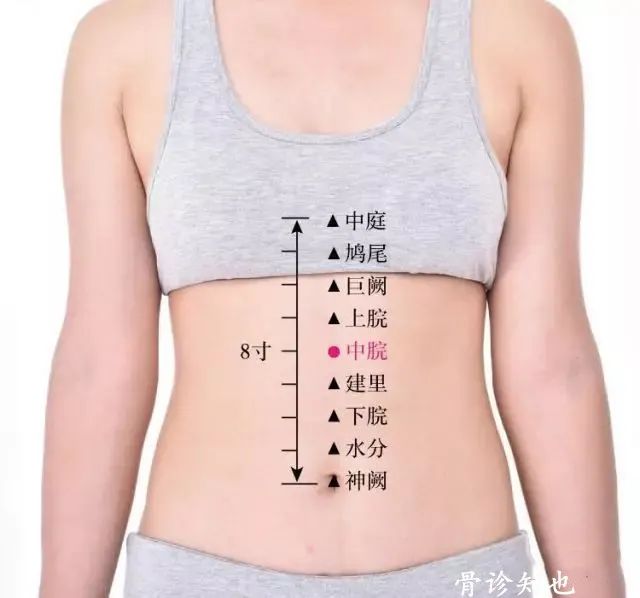
16 What is the cause of depression?
Answer: Western medicine classifies depression as a neurological disorder, but TCM believes the root cause lies in spleen-stomach disharmony. The liver governs anger, the heart governs joy, the spleen-stomach governs thought, the lungs govern worry, and the kidneys govern fear. Depression is a manifestation of excessive thinking, and since the spleen-stomach governs blood production and transformation, those with depression often appear listless, with both qi and blood deficiency, and a sallow complexion. To treat depression, one must first regulate the spleen and stomach.
17 My eyes are often bloodshot and dry. Where should I moxibust?
Answer: Moxibustion on Ganshu (UB 18), Yangbai (GB 14), Hegu (LI 4), Guangming (GB 37), and Taixi (KD 3).
18 What does it mean if I have phlegm in my throat due to lung qi deficiency? How should I moxibust?
Answer: Phlegm is generated in the spleen and kidneys, and stored in the lungs. To treat phlegm, one must address the lungs for surface symptoms, but the root cause lies in the spleen and kidneys. Moxibustion on Feishu (UB 13), Pishu (UB 20), Shenxu (UB 23), Mingmen (DU 4), Zhongwan (Ren 12), Guanyuan (Ren 4), Zusanli (ST 36), Taixi (KD 3), Quchi (LI 11), and Sanyinjiao (SP 6).
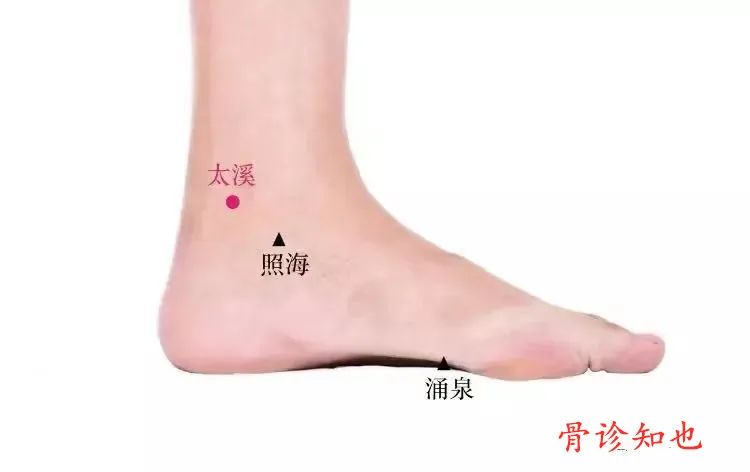
19 I want to lose weight. Is moxibustion effective?
Answer: Obesity is directly related to spleen-stomach disharmony. Moxibustion on Weishu (UB 20), Tianshu (ST 25), Zhongwan (Ren 12), Guanyuan (Ren 4), Liangqiu (ST 34), and Zusanli (ST 36) can help.
20 What are the causes of edema, and how should I perform moxibustion?
Answer: Edema can be classified into yang edema and yin edema. Yang edema occurs rapidly, starting with slight swelling of the face and then spreading throughout the body, with shiny skin and chest discomfort; yin edema develops gradually, starting with slight swelling of the feet and then affecting the head, face, and abdomen, with difficulty urinating, loose stools, a preference for warmth, and fluctuating swelling. Yang edema develops quickly, starting from the face; yin edema develops more slowly, starting from the feet and spreading throughout the body.
Moxibustion on Shuidao (ST 28), Shuifen (SP 9), Qihai (Ren 6), Sanyinjiao (SP 6), Pishu (UB 20), and Zusanli (ST 36); for yang edema, add Feishu (UB 13) and Hegu (LI 4); for yin edema, add Pishu (UB 20) and Weishu (UB 21).
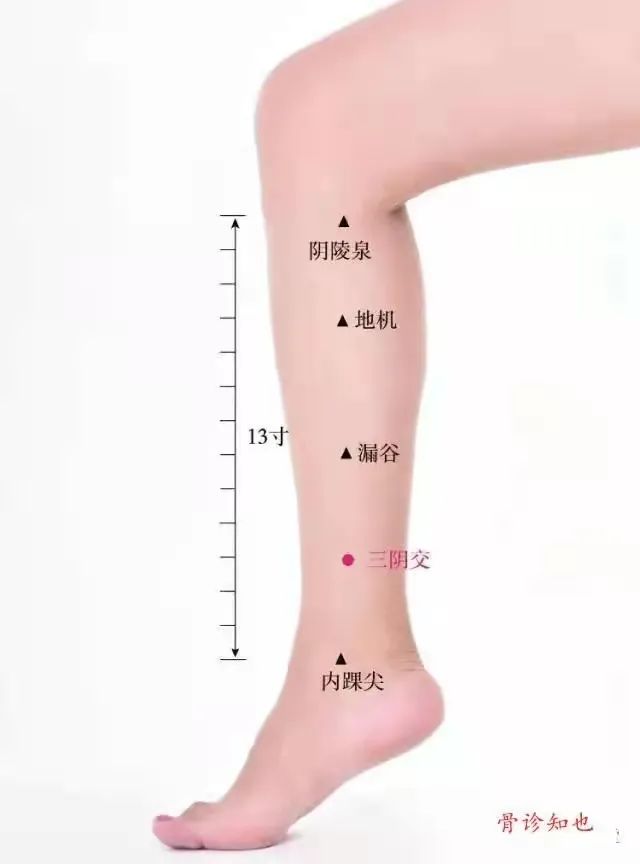
21 I have had uterine prolapse for many years. Is moxibustion effective?
Answer: Moxibustion on Dazhui (DU 14), Shenxu (UB 23), Mingmen (DU 4), Ciliaoshu (SI 3), Changqiang (DU 1), Guanyuan (Ren 4), Qihai (Ren 6), Zusanli (ST 36), Sanyinjiao (SP 6), Huiyin (Ren 1), and Zhaohai (KD 6).
22 Which acupuncture points should I use for chronic pelvic inflammatory disease?
Answer: Moxibustion on Pangguangshu (UB 28), Guanyuan (Ren 4), Zhongji (Ren 3), Weibaoshu (UB 31), Yinlingquan (SP 9), Sanyinjiao (SP 6), and Xingjian (LR 2).
23 Where is the best place for moxibustion for cervical spondylosis?
Answer: Moxibustion on Dazhui (DU 14), Tianzhu (UB 10), Fengchi (GB 20), Dazhui (DU 14), Jianyu (LI 15), Jianjing (GB 21), and Houxi (SI 3).
24 How should I treat proteinuria with moxibustion?
Answer: Proteinuria is a typical symptom of kidney disease. Moxibustion on Shenxu (UB 23), Mingmen (DU 4), Ciliaoshu (SI 3), Zhongwan (Ren 12), Guanyuan (Ren 4), Zhongji (Ren 3), Fuliu (KD 7), and Sanyinjiao (SP 6).

25 I often feel cold on the inner thighs. How should I perform moxibustion?
Answer: Moxibustion on Shenxu (UB 23), Ciliaoshu (SI 3), Guanyuan (Ren 4), Yinlingquan (SP 9), Weizhong (UB 40), Sanyinjiao (SP 6), and Yongquan (KD 1).
26 Can I perform moxibustion on children who sweat at night?
Answer: Moxibustion on Dazhui (DU 14), Shenzhu (DU 12), Hegu (LI 4), and Zusanli (ST 36).
27 I have adenomyosis and experience severe pain for many days each month. Where should I moxibust?
Answer: Moxibustion on Mingmen (DU 4), Ciliaoshu (SI 3), Changqiang (DU 1), Guanyuan (Ren 4), Zhongji (Ren 3), Qugu (Ren 2), Guizhong (Ren 4), Qichong (ST 30), and Sanyinjiao (SP 6).
28 Which acupuncture points are good for children’s health and wellness?
Answer: The key point for children’s health moxibustion is Shenzhu (DU 12), which means the pillar of the body. Its function is to promote yang, regulate qi, dispel wind, reduce fever, calm the mind, and stop cough, thus strengthening and maintaining health in children.
29 I know that the Ren and Du meridians are the body’s reserve warehouse. Which acupuncture points are most effective for unblocking them?
Answer: For health moxibustion, use Dazhui (DU 14), Feishu (UB 13), Xinshu (UB 15), Ganshu (UB 18), Weishu (UB 20), Shenxu (UB 23) on the back, and Shanzhong (Ren 17), Zhongwan (Ren 12), Shenque (Ren 8), Guanyuan (Ren 4), and Qihai (Ren 6) on the front to unblock the Ren and Du meridians.
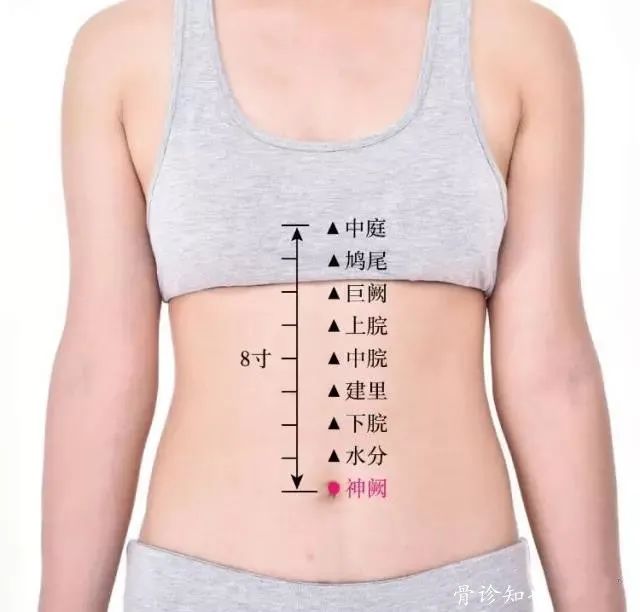
30 What is the function of Yongquan (KD 1)?
Answer: Yongquan (KD 1) is a key point for elderly health moxibustion, primarily functioning to calm the spirit, open the orifices, tonify the kidneys, and nourish essence.
31 What should I do if my hands and feet sweat excessively?
Answer: Sweating of the hands and feet is a manifestation of heart heat. Moxibustion on Neiguan (PC 6), Hegu (LI 4), Sanyinjiao (SP 6), and Taixi (KD 3) can help.
32 I have been experiencing pain in my tailbone for several months and cannot sit. What should I do?
Answer: Moxibustion on Shenxu (UB 23), Mingmen (DU 4), Ciliaoshu (SI 3), Changqiang (DU 1), Huiyang (DU 2), and Weizhong (UB 40). When moxibusting Ciliaoshu, ensure that the sensation of heat is transmitted along the meridian to the soles of the feet.
33 What should I do if the heat from moxibustion does not transmit to the distal area?
Answer: Some individuals may have blocked meridians or low sensitivity to sensation. However, as long as you persist with moxibustion, the sensation of heat will gradually transmit distally. This phenomenon is called the sensation of meridian transmission. You can use the method of guiding the heat through points, gradually leading it. Once a clear sensation of meridian transmission occurs, the qi will reach the affected area, enhancing the therapeutic effect.
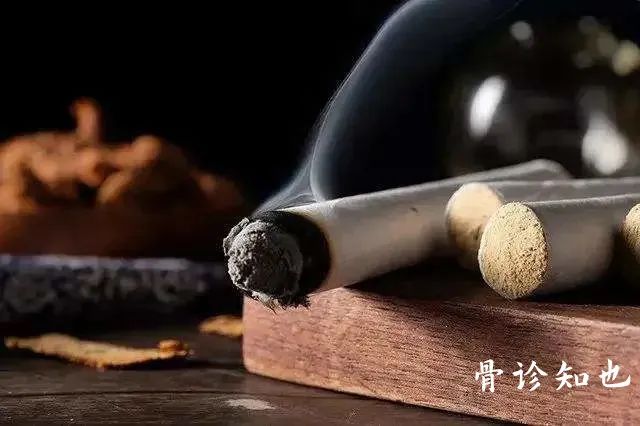
34 Where should I moxibust for cold, nasal congestion, and clear nasal discharge?
Answer: Moxibustion on Fengchi (GB 20), Waiguan (SJ 5), Fengmen (BL 12), Dazhui (DU 14), and Quchi (LI 11). Dazhui is a key point for treating wind-heat colds.
35 Can moxibustion help with dysmenorrhea and amenorrhea? Which points should I use?
Answer: For amenorrhea: Guanyuan (Ren 4), Zhongji (Ren 3), Guizhong (Ren 17), Sanyinjiao (SP 6), Ganshu (UB 18), Pishu (UB 20), Shenxu (UB 23), and Xuehai (SP 10).
For dysmenorrhea: Guanyuan (Ren 4), Zhongji (Ren 3), Qugu (Ren 2), Guizhong (Ren 17), Sanyinjiao (SP 6), Pishu (UB 20), and Shenxu (UB 23). Moxibustion for dysmenorrhea should only be performed during menstruation, as it is the most effective time for this condition.

36 What are the main causes of infertility, and how should I perform moxibustion?
Answer: 1. Kidney yang deficiency: infertility after marriage, late menstruation or amenorrhea, scanty light-colored menstrual flow, sore lower back, cold limbs, and dizziness.
Moxibustion: Shenxu (UB 23), Qihai (Ren 6), Guanyuan (Ren 4), Mingmen (DU 4), Yinjiao (Ren 7), Qugu (Ren 2), Taixi (KD 3), and Zhaohai (KD 6).
2. Liver qi stagnation: infertility after marriage, irregular menstruation, dark red menstrual blood with clots, scanty flow, sallow complexion, and breast distension.
Moxibustion points: Guanyuan (Ren 4), Qihai (Ren 6), Taichong (LR 3), Zhongji (Ren 3), Zusanli (ST 36), and Sanyinjiao (SP 6). For blood deficiency and heat, add Xuehai (SP 10); for dizziness and palpitations, add Baihui (DU 20) and Shenmen (HT 7).
3. Stagnation in the uterus: delayed menstruation, painful periods, and menstrual blood with clots.
Moxibustion: Zhongji (Ren 3), Fenglong (ST 40), Qihai (Ren 6), and Xuehai (SP 10).
37 What causes hiccups? Can moxibustion help?
Answer: Hiccups are often caused by irregular eating, food stagnation; qi stagnation, and disharmony in the stomach; prolonged illness leading to qi deficiency, and cold in the spleen and stomach, causing stomach qi to rebel; or anger causing qi to rebel in the stomach. The treatment method is to harmonize the stomach and regulate qi.
Moxibustion on Ge Shu (UB 17), Shanzhong (Ren 17), Neiguan (PC 6), Zusanli (ST 36), and Taichong (LR 3), followed by gentle stimulation of Tinggong (SI 19).
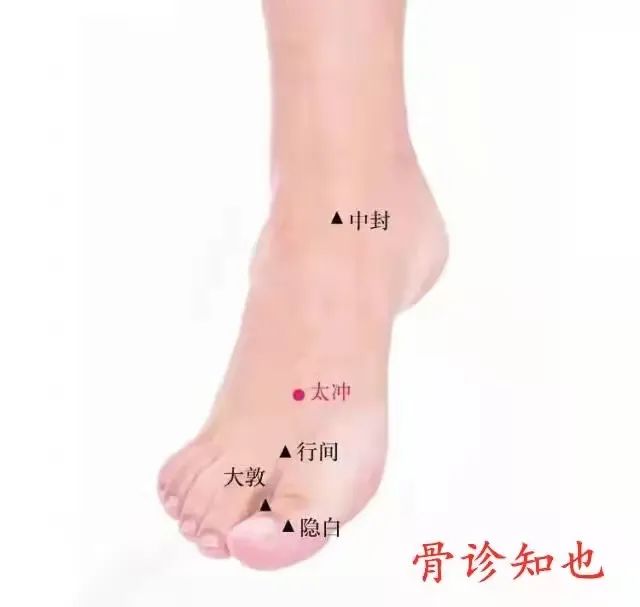
38 What are the functions of Shangwan (Ren 13), Zhongwan (Ren 12), and Xiawan (Ren 10)?
Answer: Shangwan (Ren 13), Zhongwan (Ren 12), and Xiawan (Ren 10) are all located in the middle jiao and can treat diseases of the stomach, but their functions differ:
Shangwan (Ren 13): Focuses on suppressing and descending, mainly treating symptoms of upward rebellion such as nausea and hiccups caused by stomach disharmony, and can also relieve chest tightness and treat upper jiao qi stagnation;
Zhongwan (Ren 12): Emphasizes harmonizing the stomach and regulating qi, while tonifying the spleen and stomach, benefiting qi and resolving stagnation, mainly addressing issues related to liver, gallbladder, spleen, and stomach qi stagnation;
Xiawan (Ren 10): Focuses on dispersing and descending, helping to eliminate pathogens from the stomach through downward transmission to the intestines, thus treating gastrointestinal qi stagnation.
In summary, if there is discomfort in the stomach with symptoms of vomiting or hiccups, use Shangwan (Ren 13); for bloating or stagnation, use Xiawan (Ren 10); for symptoms of abdominal pain, diarrhea, or constipation due to spleen-stomach disharmony, use Zhongwan (Ren 12). In clinical practice, points can be selected based on differentiation, and all three points can be used together.
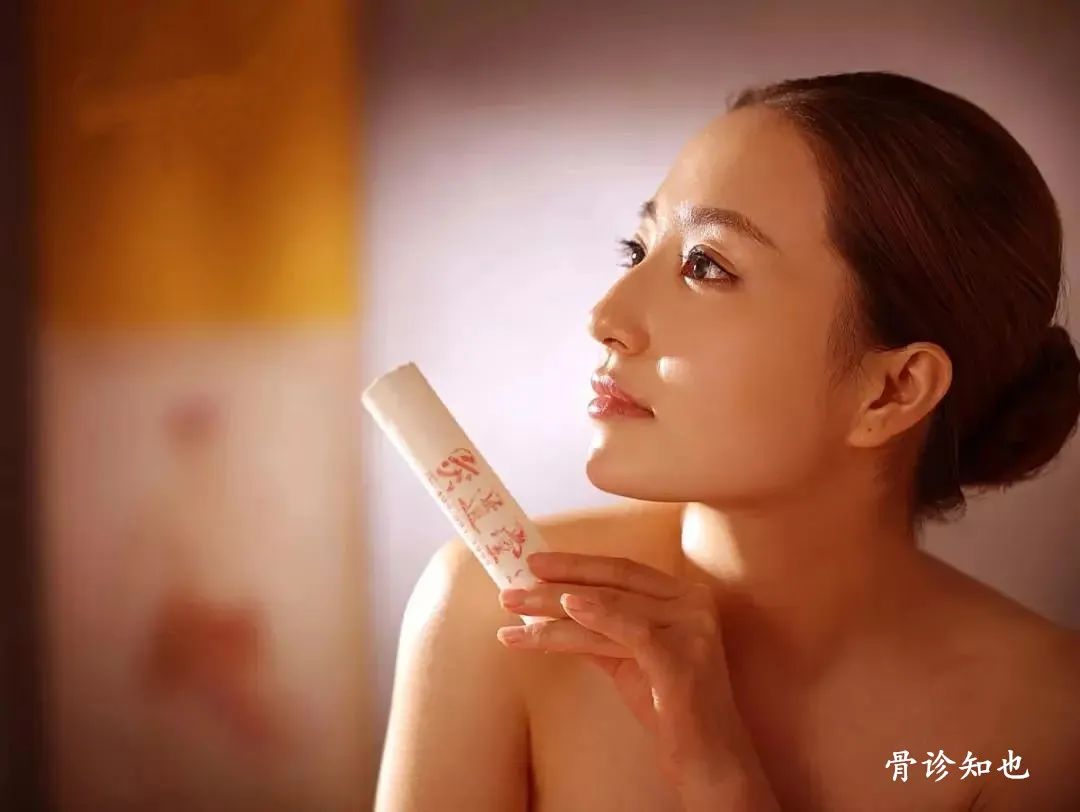
39 Which acupuncture points should I use for weight loss?
Answer: Selected points: Zhongwan (Ren 12), Shenque (Ren 8), Tianshu (ST 25), Guanyuan (Ren 4), Zusanli (ST 36), Yinlingquan (SP 9), Fenglong (ST 40), and Sanyinjiao (SP 6). Use a moxibustion box or hold the moxa stick directly, moxibust for one hour each time, and you can quickly reduce waist and thigh circumference.
40 What is the principle of moxibustion for treating diseases?
Answer: TCM believes that the reason for illness is due to “blocked meridians and disharmony of yin and yang,” which corresponds to what Western medicine describes as “metabolic obstruction and slowed blood circulation.” When the meridians are blocked, the flow of qi and blood is impeded, leading to swelling and pain in the limbs or organs. If qi and blood cannot circulate normally to the corresponding limbs and organs, it can cause numbness, weakness, or spasms, or lead to an imbalance in the functional activities of the organs. The discomfort or disease in the body is primarily due to meridian obstruction and stagnation.
Moxibustion works by using the resonance of heat to open the blocked meridians, restoring their flow. During moxibustion therapy, the meridians experience a rapid increase in pressure under the three-dimensional spiral heat flow, breaking through the obstruction points, allowing the meridians to flow smoothly again. The heat drives qi and blood to move quickly along the meridians, achieving the effects of dispelling wind and cold, and unblocking the meridians. Once the meridians are open, the body naturally recovers.

41 Can I perform moxibustion in the summer when it is hot? What should I pay attention to?
Answer: TCM states “winter diseases should be treated in summer,” meaning that ailments that tend to occur in winter can be effectively treated with moxibustion in summer. Additionally, during summer, yang energy is more active, leading to internal emptiness, so it is important to consume easily digestible foods to avoid illness. The stomach “prefers sweet and warm, and dislikes bitter and cold,” so it is crucial to avoid raw and cold foods in summer.
42 What causes nosebleeds during moxibustion?
Answer: Nosebleeds during moxibustion occur because the nutritive qi flows within the meridians, while the defensive qi flows outside. If the nutritive and defensive qi are not solid, the nutritive qi can overflow outside the meridians, leading to bleeding, which is closely related to the spleen and stomach. You can reduce the duration of moxibustion on each point and gradually increase the amount. Additionally, moxibustion on Shangxing (DU 23), Yintang (EX-HN3), Yingxiang (LI 20), and Hegu (LI 4) can help treat nosebleeds.
43 Can I soak my feet while performing moxibustion?
Answer: No, this is a very incorrect practice. The internal causes of illness are due to dysfunction of the organs, while external causes are due to the invasion of wind, cold, and dampness. Soaking feet while performing moxibustion opens the skin’s pores, allowing evil qi to invade the body. While the immediate effects may seem significant, it can lead to more problems in the long run. Moxibustion and foot soaking do not conflict, but they should be done separately.

44 How should I handle blisters after moxibustion?
Answer: If blisters appear on the skin after moxibustion, do not pop them; let them absorb naturally. If the blisters are too large, you can use a sterilized needle to puncture them, release the fluid, disinfect, and apply a bit of erythromycin eye ointment, covering it with gauze, and try to keep it dry. The ancients said, “Blisters from moxibustion must occur; curing diseases is like grasping the essence,” meaning that the appearance of blisters is a normal reaction to moxibustion and indicates effective treatment.
45 Which acupuncture points are best for chronic appendicitis?
Answer: In TCM, appendicitis is called intestinal abscess. Moxibustion on Tianshu (ST 25), Quchi (LI 11), Hegu (LI 4), and the appendiceal point on the foot.
46 After two weeks of moxibustion, I developed an ulcer in my mouth. Is this due to excess heat?
Answer: Yes, this is due to stomach fire. More than 40% of patients with oral ulcers have gastrointestinal diseases. Moxibustion on Zhongwan (Ren 12), Dicang (ST 4), Tianshu (ST 25), Guanyuan (Ren 4), Quchi (LI 11), Liangqiu (ST 34), and Zusanli (ST 36) can help.
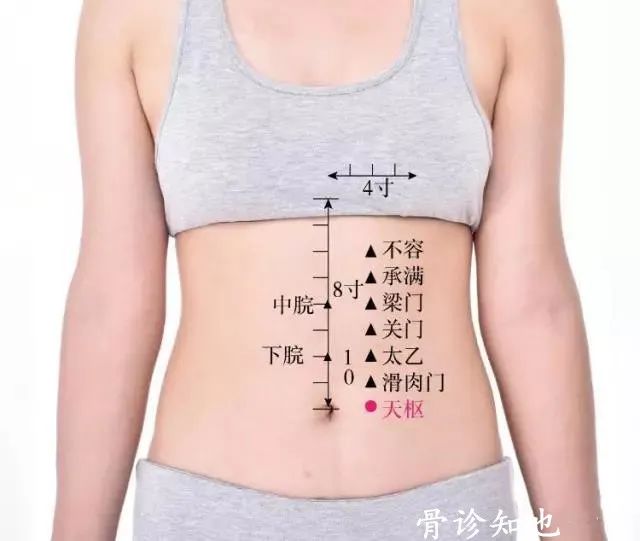
47 Why do some people feel sleepy after moxibustion while others feel energized?
Answer: Sleep is a result of the harmony of yin and yang in the body. After moxibustion, the body self-regulates, and different states of the body can lead to different outcomes. If someone with deficient yang feels drowsy after moxibustion, while someone with deficient yin feels more energized. However, with long-term adherence to moxibustion, yin and yang will balance, making it less likely to experience drowsiness or excessive energy.
48 In spring, my eyelids often twitch. What does this mean?
Answer: The eyelids are governed by the spleen and stomach, while spring is associated with the liver. The liver wood overcomes the spleen earth, leading to liver qi deficiency and poor drainage, which can cause the spleen to be overpowered, resulting in eyelid twitching. This is mainly a manifestation of liver qi deficiency, and it may also indicate both liver and spleen deficiency. Moxibustion should focus on the foot taiyin spleen channel and the foot jueyin liver channel. The points are: Ganshu (UB 18), Pishu (UB 20), Shenxu (UB 23), Qimen (LR 14), Zhongwan (Ren 12), Guanyuan (Ren 4), Zusanli (ST 36), Yanglingquan (GB 34), Sanyinjiao (SP 6), Taixi (KD 3), and Tai Chong (LR 3). These can be divided into two groups and moxibusted alternately every other day.


